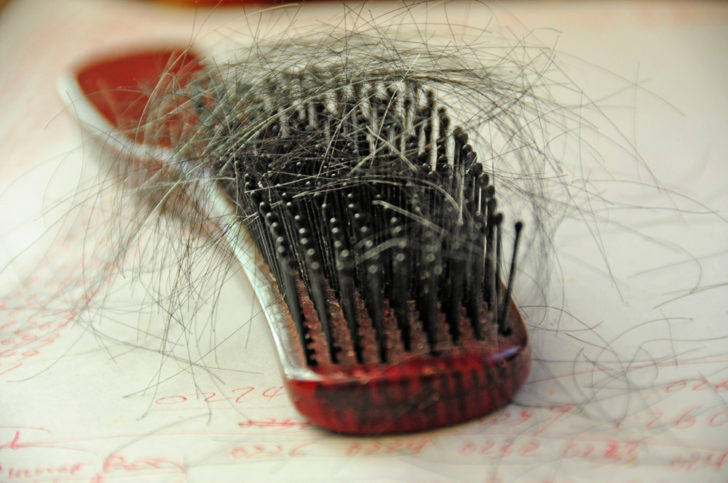Regrow your hair in your sleep

Excessive hair loss can cause stress and anxiety. Stimulation with lasers can help regrow hair, but the equipment is often large, consumes lots of energy and is therefore difficult to use in everyday life. To counteract, researchers have developed a flexible, wearable photostimulator that speeds up hair growth – in mice.
The technical term for hair loss is alopecia. This condition has several known causes, such as heredity, stress, aging and elevated male hormones, and it affects millions of people worldwide, men and women. Current common treatments include medications, corticosteroid injections and hair transplant surgeries. In addition, irradiating the bald area with a red laser can stimulate hair follicles, causing cells to proliferate. This treatment is often impractical for home use. The researchers around Keon Jae Lee set out to develop a flexible, durable photostimulator that could be worn on human skin. The team fabricated an ultrathin array of flexible vertical micro-light-emitting diodes (micro-LEDs). This array of 900 red micro-LEDs is placed on a chip that is slightly smaller than a postage stamp and only 20 µm thick.
Next to the possibility of wearing this device, there are further advantages: it used almost 1000 times less power per unit area than a conventional phototherapeutic laser all the while not heating up enough to cause thermal damage to human skin. The array is sturdy and flexible, enduring up to 10000 cycles of bending and unbending.
The device’s ability to regrow hair was tested on mice with shaved backs. Mice were treated with the micro-LED patch for 15 minutes a day for a duration of 20 days and compared with untreated mice or those who receive minoxidil injections (a commonly used medication). Results showed that those mice who received the patch-treatment showed significantly faster hair growth, a wider regrowth area and longer hairs.
Source: https://www.nanowerk.com/nanotechnology-news2/newsid=51060.php
Original article: Trichogenic Photostimulation Using Monolithic Flexible Vertical AlGaInP Light-Emitting Diodes